#I.DE.A Institute
Text




Fiat 600 Multipla, 1995 (1956), by I.DE.A. A restomod Multiple that was presented at the “Torino Design” exhibition, the Institute chose the car as the symbol of Italian car design and an example of the incredibly efficient use of space, seating 6 people in its 3.5 metre length. The interior was updated with modern materials and technology including airbags while the exterior was painted to match the interior. The car remains on display at the Museo dell'Automobile in Turin.
#Fiat#Fiat 600 Multipla#restomod#I.DE.A Institute#concept#one-off#forward control#design study#1995#1950s style#Italian design#show car#Museo dell'Automobile
209 notes
·
View notes
Photo
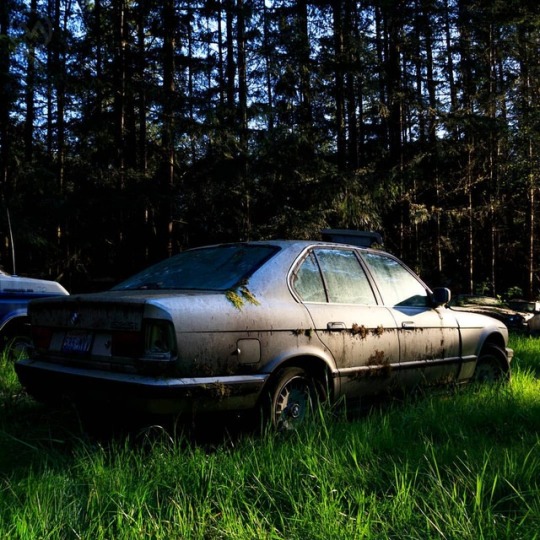
Sandwiched between the E28 and the nearly perfect E39, the E34 #BMW 5-series isn’t always as universally acclaimed as those others, although it’s fair to say that few are as unloved at this one. But the #E34 was an excellent car and the first “modern” 5-series, eventually sporting a range of engines between base Euro-market fours and V8s, and it was the first to have a “touring” (BMW speak for Wagon) version. But even good cars get worn out. - Development of the E34 ran concurrent to that of the E32 7-series, with the two cars sharing much of the same thinking and both springing from the brief era when Ercole Spada worked with Claus Luthe to style both cars. The E32 and E34 are reportedly some of Spada’s favorite designs, but he left for the I.DE.A Institute in 1983 to work on designs for Fiat. Jay Mays, later of Audi, VW, and Ford fame, helped productionize the design - refined by aerodynamicists - in 1985. It looked larger than the E28 thanks to a longer wheelbase but was actually slightly shorter - and much roomier. - The superstar designers clothed a high-tech platform - where the E28 had used some pieces from the earlier E12 and bore a strong resemblance to it’s predecessor, the E34 looked and felt like the 90s even if it debuted in December, 1987. No stone was left unturned during the design process - supposedly BMW went through no fewer than 120 development mules and 500 pre-production cars to get it right. - The expandable, flexible nature of the platform would prove that - in time, it gained all wheel drive and, in 1992, a pair of V8s - both firsts in the #5series. It also benefitted from a very modern electrical system courtesy of work done on the E32. - Typical of European cars, the range was restricted in North America and buyers here had to wait a year before the first cars arrived in the fall of 1988. At first, only the 525i and 535i were offered, with the M5 belatedly arriving in 1991, just in time for a recession that hit German and premium cars particularly hard. The Touring 525i arrived in 1992 and the V8 540i and 535i Touring in 1994. Sedan production ended in December 1995, with the touring continuing into the summer of 1996. https://www.instagram.com/p/BsdYfIpFEaq/?utm_source=ig_tumblr_share&igshid=1gtnmd4ikbqga
0 notes
Text
Chinese startup LVCHI heads to Geneva with EV penned by Italy's I.DE.A Institute
A new Chinese company has come out with ambitious plans to launch a family of electric cars, but unlike others this one is teaming up with an established design firm to work on its products. The company is called LVCHI, and on Thursday it announced plans to unveil an electric sedan concept at the 2018 Geneva International Motor Show. The concept...
from PerformanceJunk WP Feed 3 http://ift.tt/2BtnxQD
via IFTTT
0 notes
Photo

A new Chinese company has come out with ambitious plans to launch a family of electric cars, but unlike others this one is teaming up with an established design firm to work on its products. The company is called LVCHI, and on Thursday it announced plans to unveil an electric sedan concept at the 2018 Geneva International Motor Show. The concept... Viknesh VijayenthiranChinese startup LVCHI heads to Geneva with EV penned by Italy's I.DE.A Institute http://ift.tt/2BtnxQD
0 notes
Photo


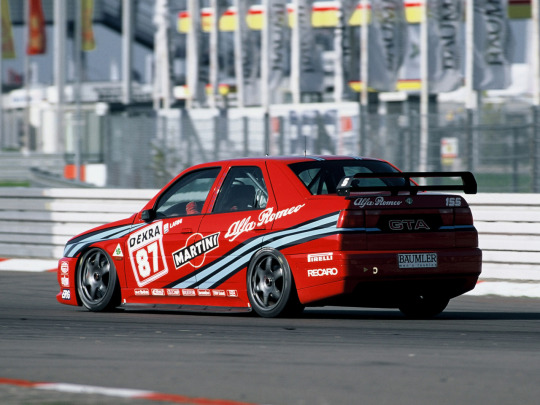

Alfa 155 (1992-97) was built to replace Alfa 75. It was designed by I.DE.A Institute and had many versions. It is remembered also as a great touring car.
46 notes
·
View notes
Text


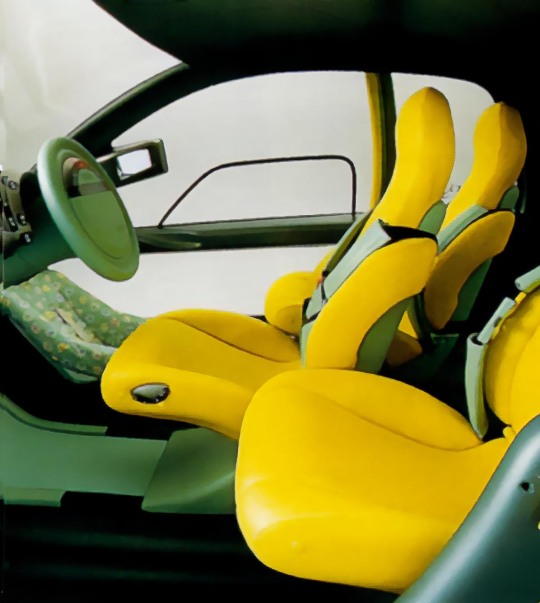

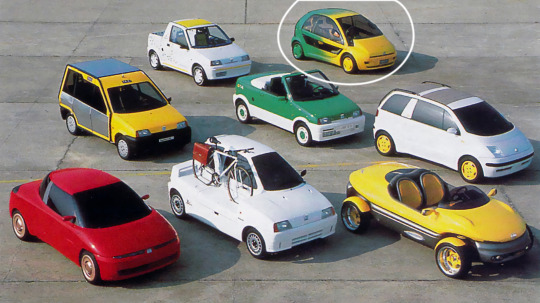
I.DE.A Grigua, 1992. The most radically futuristic of the Cinquecento-based concepts came from the I.DE.A Institute who proposed a high-roof mini-MPV with a central driving position
#I.DE.A#I.DE.A Institute#I.DE.A Grigua#Fiat Cinquecento#concept#Design study#prototype#futuristic#1992#Turin Motor Show#central driving position
364 notes
·
View notes
Text
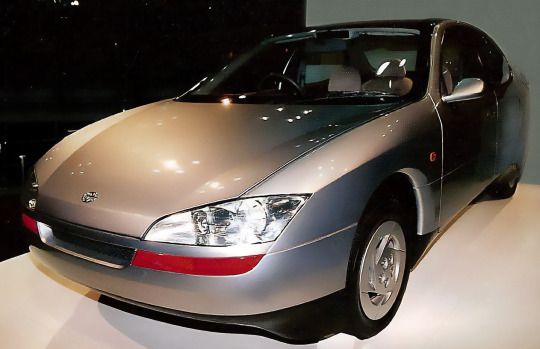



Toyota AXV-V Concept, 1995, by I.DE.A Institute. Presented at the 31st Tokyo Motor Show. A highly aerodynamic saloon prototype with a Cd figure of just 0.20, air suspension and an anti-collision automatic brake system
112 notes
·
View notes
Photo


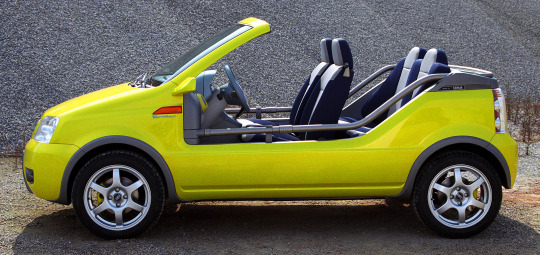

Fiat Marrakech, 2003, by I.DE.A Institute. An open buggy concept based on the 2nd generation Panda that was presented at the Geneva Motor Show
#Fiat#Fiat Marrakech#Fiat Panda#I.DE.A Institute#I.DE.A#buggy#concept#design study#Geneva Motor Show#show car#2003#beach car#open roof
898 notes
·
View notes
Text
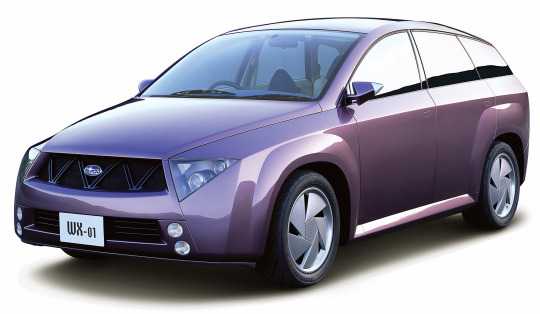


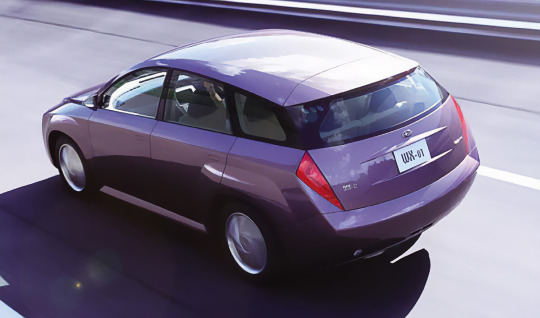
Subaru WX-01, 2001, by I.DE.A Institute. A 7-seat wagon proposal based on a Legacy platform. Powered by the Legacy's 3 litre flat-6 engine and symmetrical left/right AWD system employing electronic control to distribute torque to all four wheels independently.
#Subaru#Subaru WX-01#I.DE.A Institute#concept#design study#prototype#flat 6#boxer engine#all wheel drive#2001#7 seater#3 row#Subaru Legacy
152 notes
·
View notes
Text




Lancia k Coupé, 1997. The Kappa saloon was designed by
Ercole Spada at I.DE.A Institute. The coupé derived from it was styled at Centro Stile Lancia and was coachbuilt by Maggiore on a shorter wheelbase than the Kappa saloon. It was Lancia’s first coupé since 1984 but became their last when it was discontinued and not replaced in 2000
103 notes
·
View notes
Text
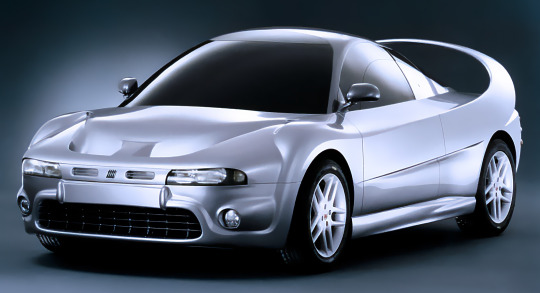

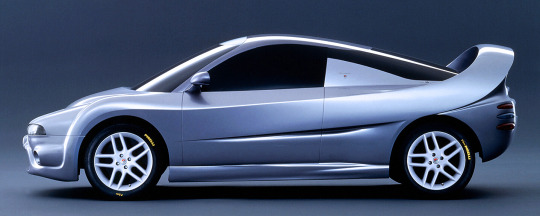

Fiat Bravo Windsurf, 1996, by Giannini. A Fiat Bravo-based road/racer with an adjustable rear wing. It was one of a number of Bravo concepts presented at the Turin Auto Show. The Windsurf was designed by Nicola Crea, formally of the I.De.A. Institute, the name refers to the use of a wind tunnel in developing the car's very low 0.24 cx.
#Fiat#Fiat Bravo Windsurf#Fiat Bravo#concept#prototype#Giannini#design study#aerodynamic#Turin Motor Show#1996#1990s
159 notes
·
View notes
Text




Fiat Lampo Concept, 1994. A monobox coupé design study based on the Fiat Punto, designed and built by the I.DE.A Institute. It was one of a series of concepts presented at the 65th Turin Motor Show based on the first generation Punto
#Fiat#Fiat Lampo Concept#Fiat Punto#I.DE.A Institute#1994#1990s#Turin Motor Show#65th Turin Motor Show#concept#prototype#design study#monobox
119 notes
·
View notes
Text

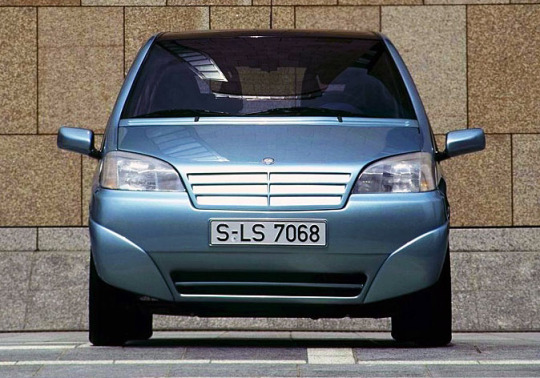



Mercedes-Benz Vison A93, 1993. Built for Mercedes by the I.DE.A Institute the Vision A previewed the first generation A-class of 1997 though the design changed considerably for the series production version.
#Mercedes-Benz#Mercedes-Benz Vison A93#concept#prototype#1993#I.DE.A Institute#tall car#1990s#design study#small car#Mercedes-Benz A-class
95 notes
·
View notes
Photo






Lancia Nea Concept, 2000, by I.DE.A Institute. A proposal for a futuristic small car made from composite materials and fitted with internet access, an mp3 player, navigation, four wheel steering, automatic control systems and parking sensors. All commonplace now but in 2000 not yet featured in small cars
#Lancia#Lancia Nea#Lancia Nea Concept#2000#I.DE.A Institute#design study#concept#prototype#futuristic
119 notes
·
View notes
Photo




Ferrari Mondial PPG Pace Car, 1988, by I.DE.A Institute. A one-off based on the Mondial built specifically as safety car for PPG Industries for the PPG Indy Car World Series
#Ferrari#Ferrari Mondial PPG Pace Car#I.DE.A Institute#mid-engine#1988#pace car#one-off#Indy Car World Series#PPG Indy Car World Series#1980s#design study#Ferrari Mondial
183 notes
·
View notes
Photo

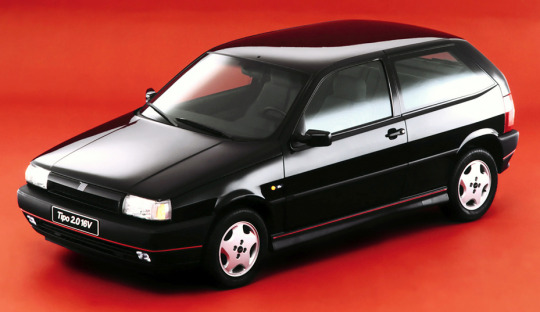

Fiat Tipo 2.0 i.e.16V Sedicivalvole, 1989. The type 160 Tipo was designed by the I.DE.A Institute and included 146hp 1995cc DOHC 16 valve “hot hatch” version
#Fiat#Fiat Tipo#Fiat Tipo 2.0 i.e.16V Sedicivalvole#1989#hot hatch#16 valve#DOHC#I.DE.A Institute#hatchback
95 notes
·
View notes